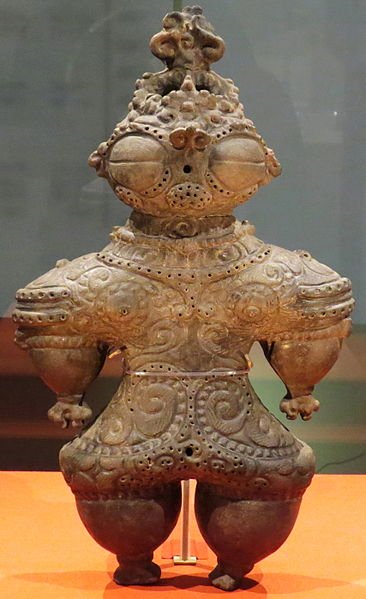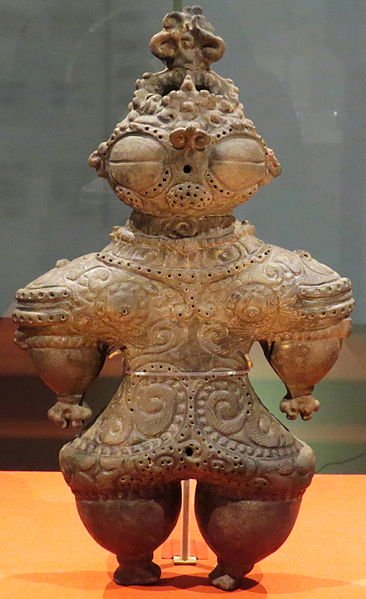The concept of ancient astronauts has long intrigued and mystified scholars, researchers, and enthusiasts alike. From the enigmatic structures of ancient civilizations to the religious texts that hint at celestial connections, the idea that extraterrestrial beings may have influenced human history continues to capture our collective imagination. In this exploration, we delve into the fascinating world of ancient astronauts, navigating through the historical artifacts, cultural myths, and scientific speculations that contribute to this intriguing narrative.

Body:
-
Ancient Artifacts and Anomalies: One of the key pillars supporting the ancient astronaut hypothesis lies in the examination of ancient artifacts and architectural marvels that seem to defy conventional explanations. Structures like the Pyramids of Giza, Stonehenge, and intricate Nazca Lines have sparked debates about the technological capabilities of ancient civilizations and whether they had assistance from advanced extraterrestrial entities.
-
Religious Texts and Mythologies: Numerous religious texts and mythologies across cultures contain narratives that, when interpreted through the lens of ancient astronaut theory, suggest encounters with otherworldly beings. From the ancient Indian epics of the Mahabharata and Ramayana to the tales of gods descending from the heavens in Greek mythology, these stories often raise questions about the nature of the entities described.
-
Erich von Däniken and Chariots of the Gods: The modern exploration of the ancient astronaut hypothesis gained significant traction with the works of Swiss author Erich von Däniken, particularly his groundbreaking book “Chariots of the Gods?” published in 1968. Von Däniken proposed that ancient civilizations had interactions with advanced extraterrestrial beings, and he examined various historical artifacts as potential evidence supporting this theory.
-
Archaeological Controversies: The ancient astronaut theory has sparked controversies within the archaeological community. While some researchers dismiss the idea as speculative and lacking empirical evidence, others argue that certain findings, such as intricate carvings and depictions, may indeed suggest a level of technological influence beyond the capabilities of ancient humans.
-
Scientific Skepticism and Open-minded Inquiry: Scientific skepticism is inherent in the exploration of theories involving extraterrestrial influence on ancient civilizations. The challenge lies in differentiating between imaginative speculation and evidence-based inquiry. While mainstream archaeology often remains cautious, open-minded investigation continues to explore the tantalizing possibilities raised by the ancient astronaut hypothesis.
-
Space Exploration and Astrobiology: The recent advancements in space exploration and the discovery of exoplanets in the habitable zone have reignited discussions about the potential for extraterrestrial life. Astrobiology, the scientific study of life beyond Earth, contributes a new perspective to the ancient astronaut hypothesis, considering the possibility of life influencing Earth from distant corners of the cosmos.
-
Pop Culture Impact and Ancient Astronaut Theorists: The concept of ancient astronauts has permeated popular culture through documentaries, television series, and books. The figureheads of this movement, often referred to as ancient astronaut theorists, continue to explore and present compelling arguments for the theory’s validity, contributing to ongoing public fascination with the idea.
The realm of ancient astronauts stands as a captivating intersection of history, archaeology, mythology, and speculative science. While the ancient astronaut hypothesis remains a subject of debate and skepticism, it adds an intriguing layer to our understanding of humanity’s past. As technology advances and our exploration of the cosmos continues, the mysteries surrounding ancient astronauts may yet reveal new insights into the enigmatic tapestry of our ancient history.

